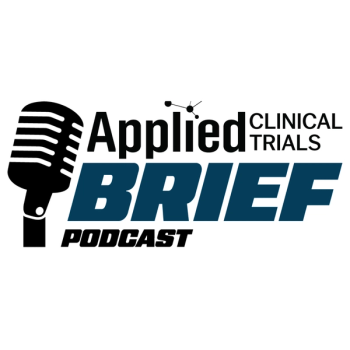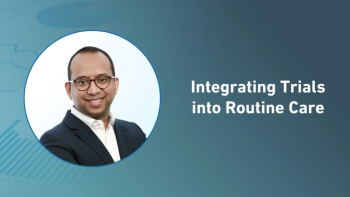
EMEA Re-Elects Vice-Chair and Discusses Budget for 2010
The European Medicines Agency’s Management Board has re-elected Mrs Lisette Tiddens-Engwirda as its Vice-chair. Mrs Tiddens is one of four members of the Management Board representing patients’ and health care professionals’ organisations. She is Secretary-General of the Standing Committee of European Doctors.
Involvement of civil society in the Agency’s work has become increasingly important over the last years. As part of this, the Management Board endorsed a pilot to allow participation of representatives from patients’ and consumers’ organisations in the meetings of the Pharmacovigilance Working Party, the Agency’s group of experts dealing with safety-related issues of authorised medicines. The pilot will commence in April 2009 for a period of three months. Based on the experience gained from this exercise, the Agency will develop a general strategy to increase the involvement of patients and consumers at different levels of the Agency’s work.
Starting budget discussions for 2010, the Executive Director presented a preliminary work programme to the Board. 2010 will be the last year
covered by the Agency’s long-term strategy (Road Map to 2010), and, consequently, the priorities and main objectives for the Agency next year will be largely in line with those set out in previous work programmes: safety of medicines; support for innovation and availability of medicines; strengthening the European medicines network; further improving transparency; and increased communication and interaction with stakeholders.
The Agency expects a continuous increase in activities over the coming years, while at the same time the running of the Agency will become increasingly complex. Following the establishment of the Committee for Advanced Therapies (CAT) in January 2009, the Agency now has six scientific committees and around 35 working parties and other groups, with increasingly complex interactions and interdependencies at various levels.
Further changes to EU legislation are on their way, and the Agency may need to adapt its operations to meet new requirements stemming from these. All of this will require adequate resources. In order to carry out the activities planned for 2010, the Management Board adopted a preliminary draft budget for 2010 of around €211 million – €23 million more than in 2009. Further discussions will take place throughout the year to refine the budget.
Management Board meeting documents now public
Following its March 2009 meeting, the Management Board will, for the first time, make all non-confidential Management Board documents, including agendas and minutes, accessible to the public in a dedicated area on the Agency’s website. This step underlines the Board’s commitment to improving the transparency of the Agency’s operations.
Newsletter
Stay current in clinical research with Applied Clinical Trials, providing expert insights, regulatory updates, and practical strategies for successful clinical trial design and execution.





.png)



.png)



.png)
.png)
